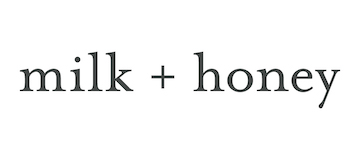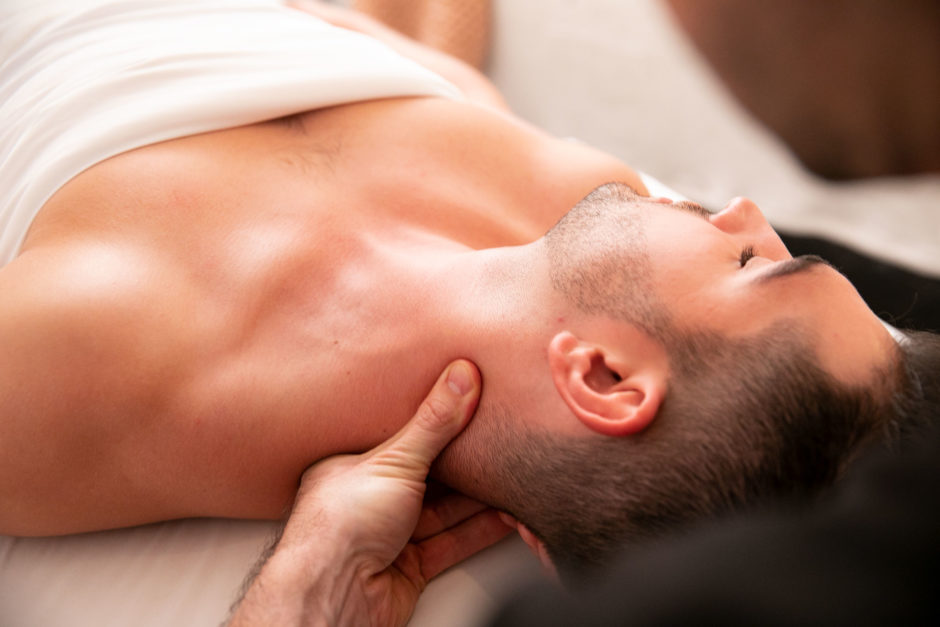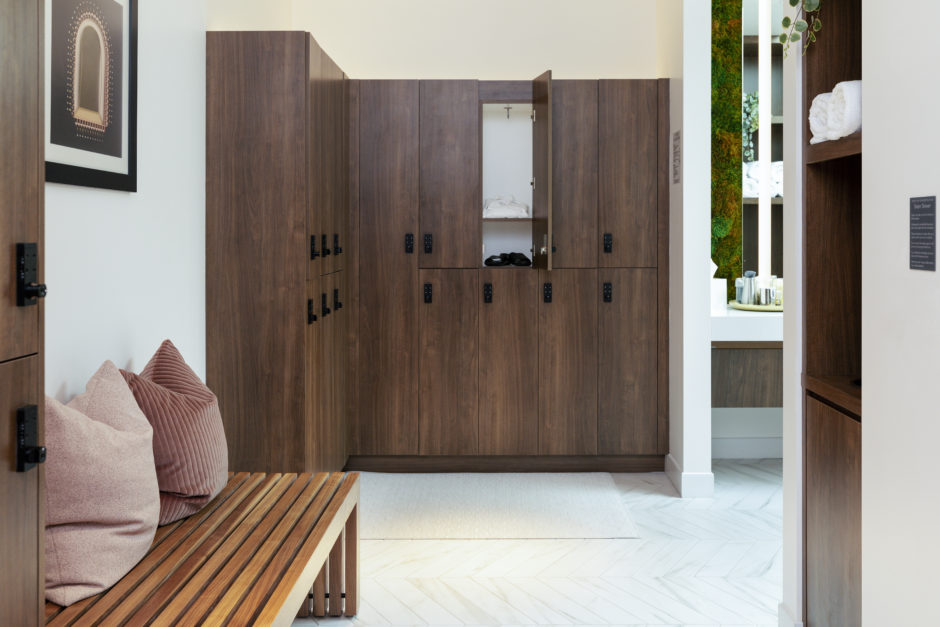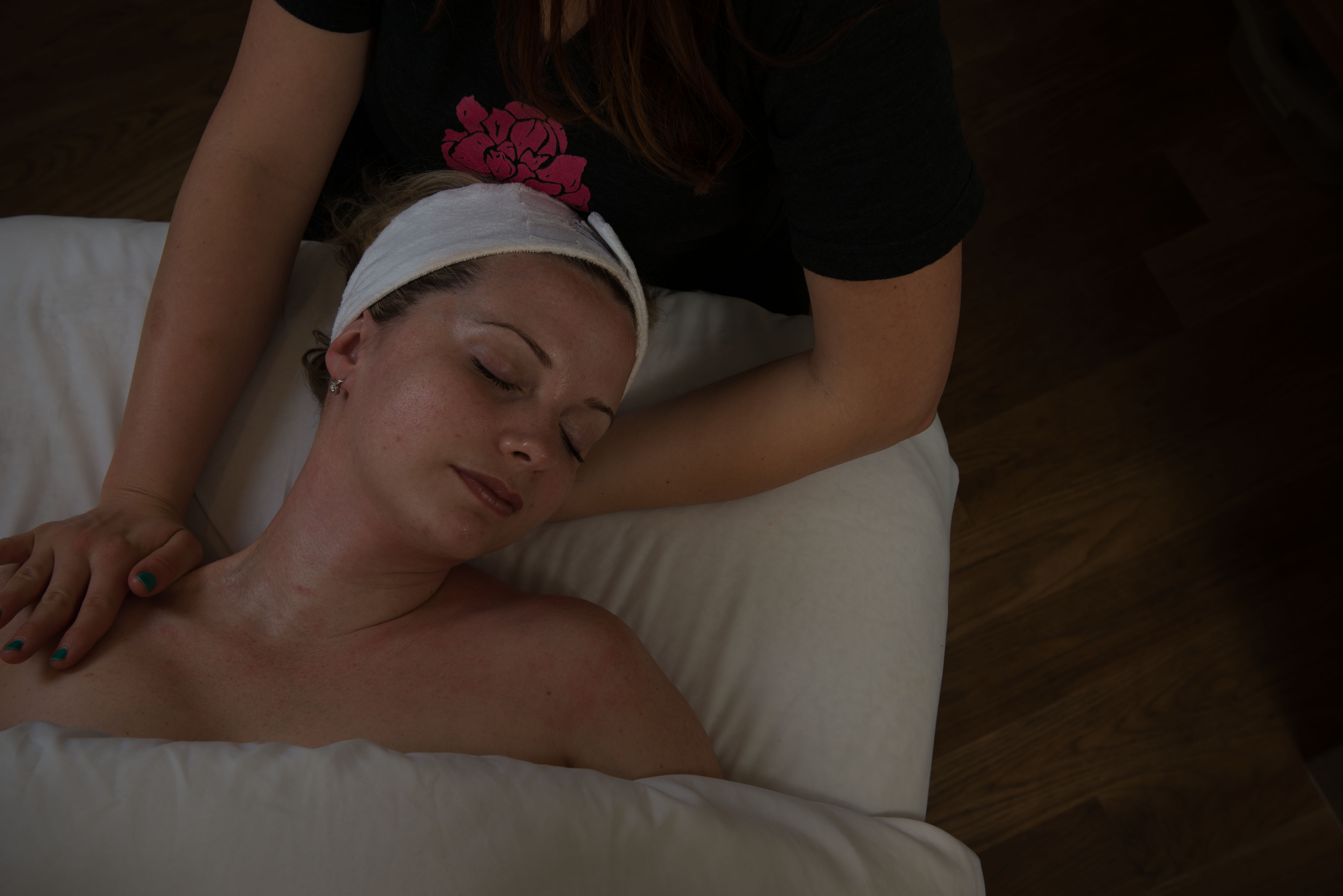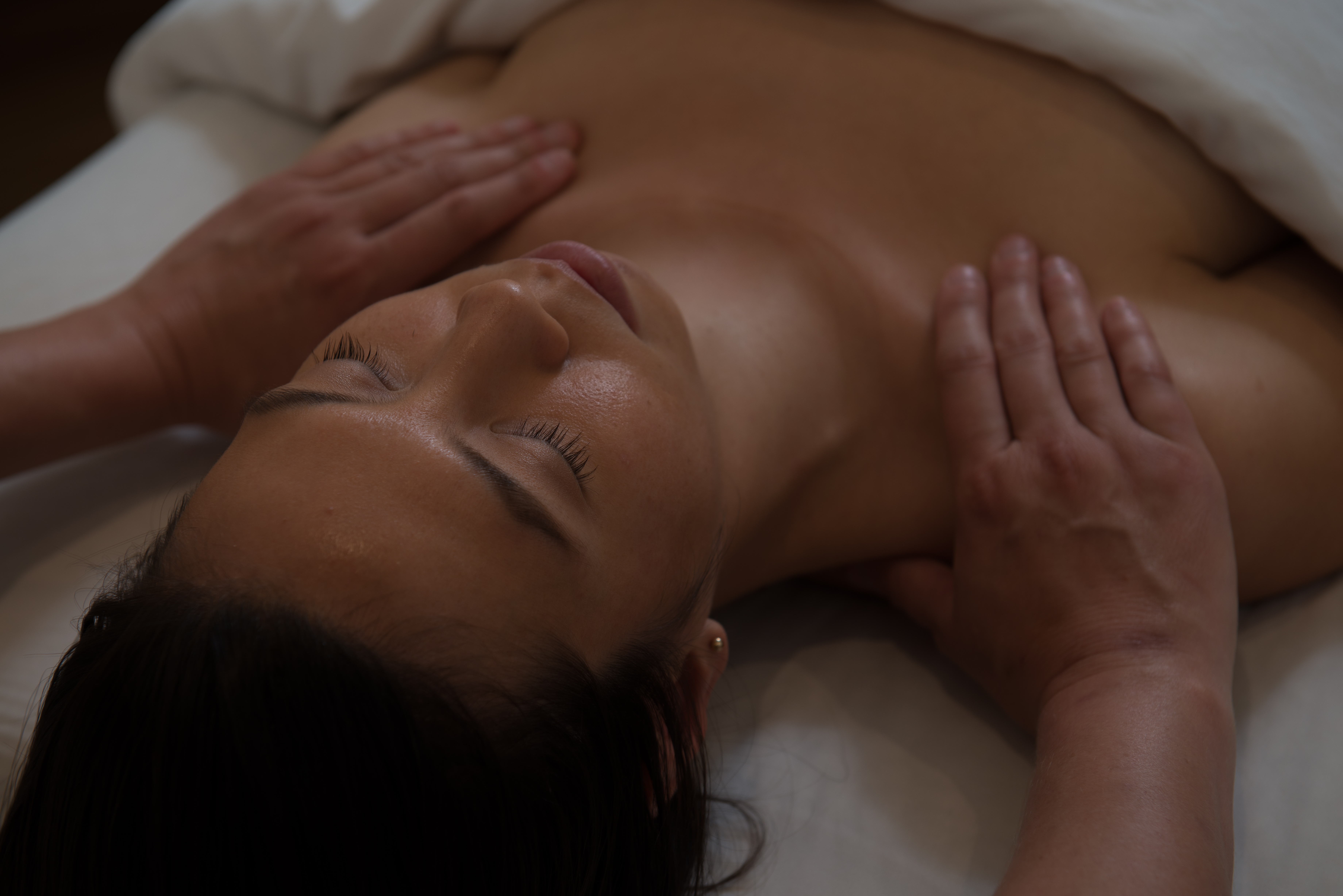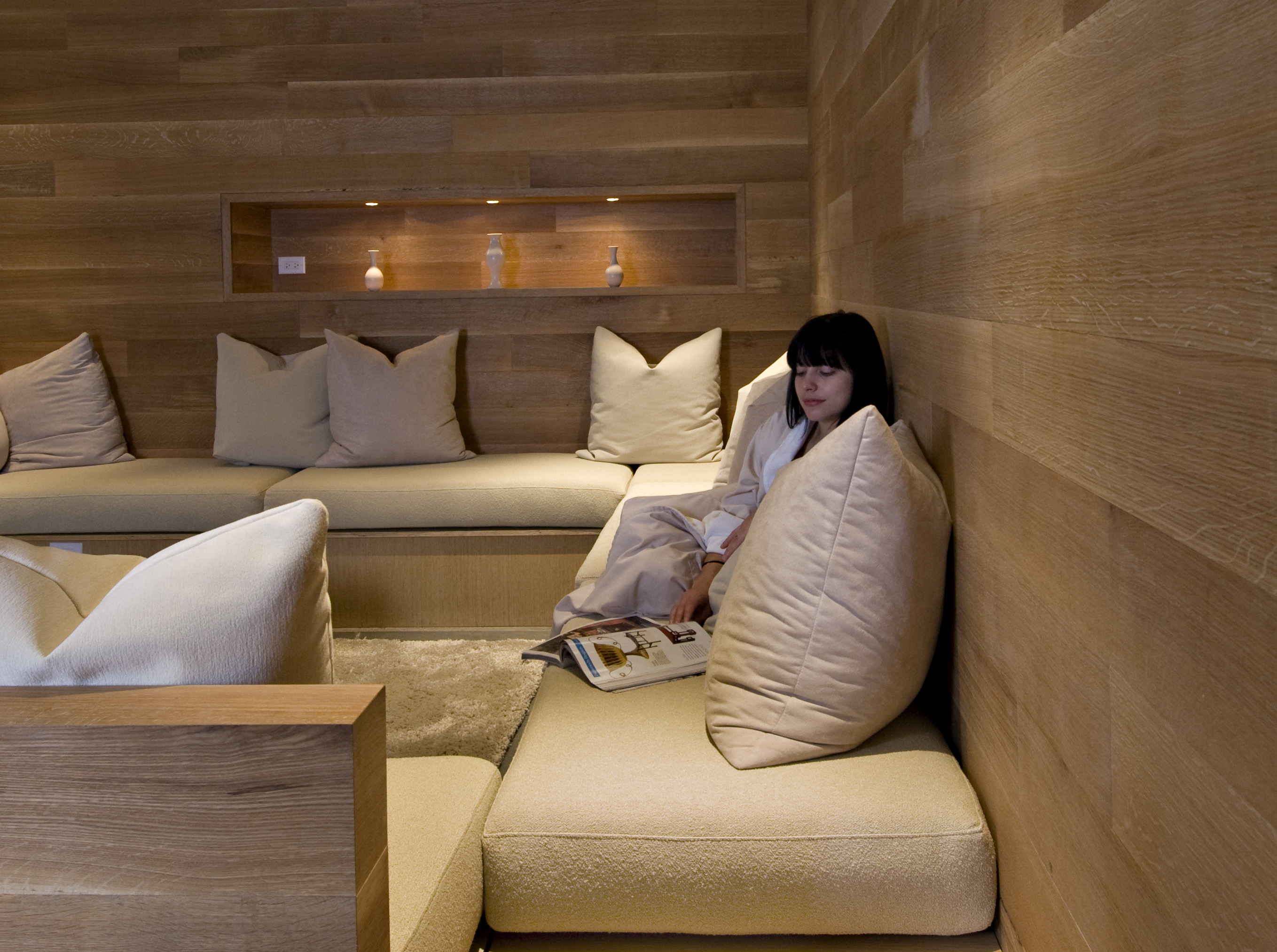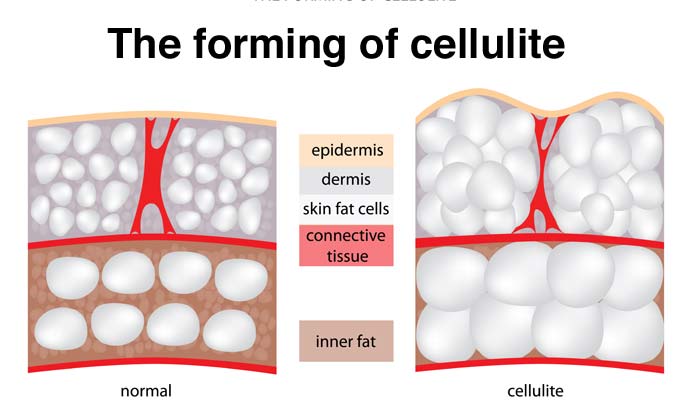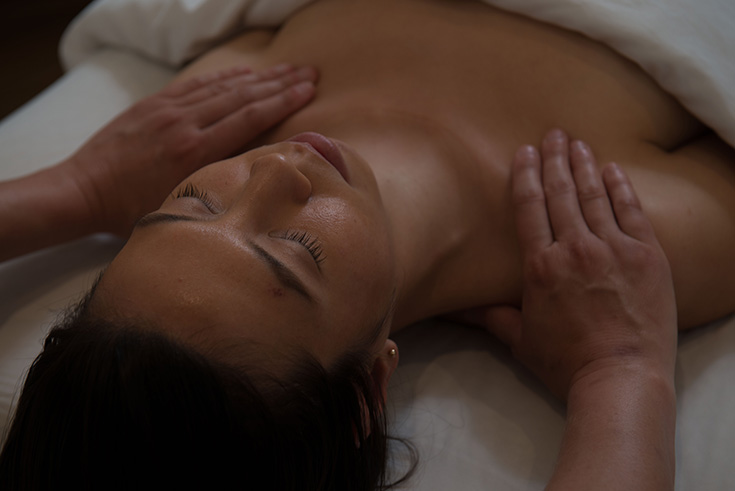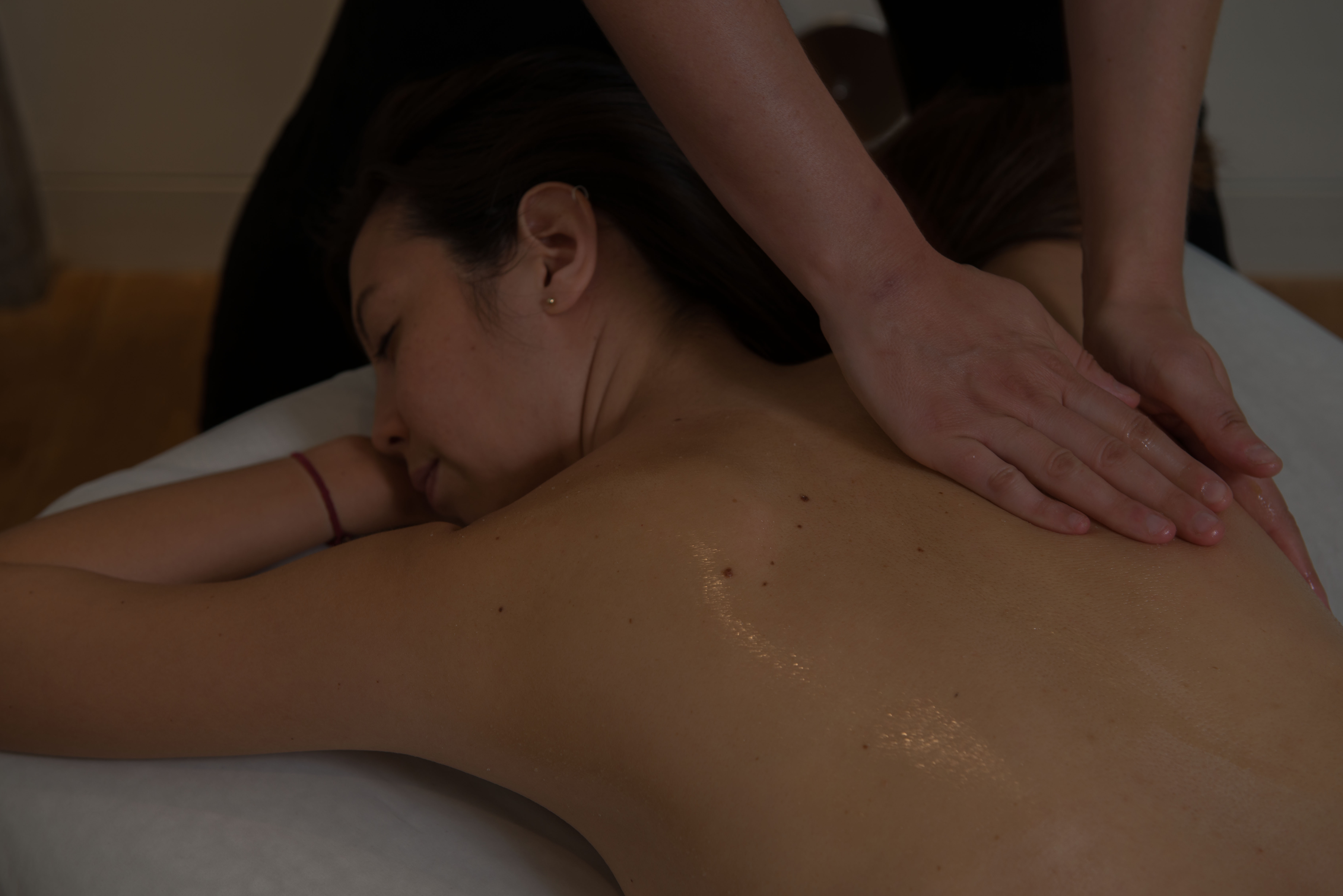While massage is often viewed as the ultimate act of self-care, or a treat, or a luxury, the truth is regular massages can be incredibly good for you, and there are plenty of massage benefits beyond the obvious indulgence. Most people know that massage can be relaxing, but what you may not know is that massage can have a profound effect on your overall health and wellness. If you’re feeling a little sore, a little tight, a little tense or anxious, massage therapy can help you get things back into balance. Ahead, we’ll take a look at 5 reasons why massage is good for you.
I always receive the same text when a friend visits milk + honey for the first time. It’s always a little something like “What should I do?” or “Which service is your favorite?” And of course, it can be difficult to recommend just one spa service. For one, I haven’t tried all of them yet. And secondly, every single one I have experienced has been a dream. So, I decided to go to the top for advice. I sat down with milk + honey founder, Alissa Bayer to ask her for her current top three favorite services. Scroll for Alissa’s picks (in no particular order.)
Today, 2nd Street District massage therapist, Monique, gives us the 411 on the differences between three individual massage techniques.
Massage therapy is a vast field with a variety of different techniques and treatments. If you’re not a massage therapist, it can be a bit difficult choosing what type of technique is best for you. Well, take a deep breath. I’m going to break down the differences between the Big Three: Swedish, Deep Tissue, and Sports Massage.
To start, Swedish, Deep Tissue, and Sports Massage are all massage modalities. Within each of these modalities, I’ll use different massage techniques to help you achieve your individual goals. I like to tell my clients to think of massage as a blank canvas. The primary colors are the basic techniques of Swedish, Deep Tissue, and Sports, which provide the foundation for any session. By mixing these colors, or techniques, you get different variations and modalities. All of these different massage techniques can be incorporated into your session so that it caters to your unique and individual needs.
5 Things Your Massage Therapist Wants You To Know Before Your Next Massage
June 19, 2017To help you get the most out of your massage, we asked 2nd Street District massage therapist, Monique, to share with us the five things everyone should know before going to their next treatment.
From sitting at a desk all day and active wear-and-tear to heavy-lifting and unexpected tweaks, we’ve all experienced some degree of muscle, joint, and body pain. In an effort to help you relieve it, our massage therapists share their five top tips.
Treat Mom to milk + honey’s Mother’s Day Retreats. Designed to help her relax on her special day, these luxurious limited-time packages include a combination of massages, facials, manicures, and pedicures.You can purchase these retreats now through May 31st at any of our locations, online, or by calling 512.236.1115 (Austin) or 713.231.0250 (Houston).
Take a look at the 2017 Mother’s Day Retreats from milk + honey…
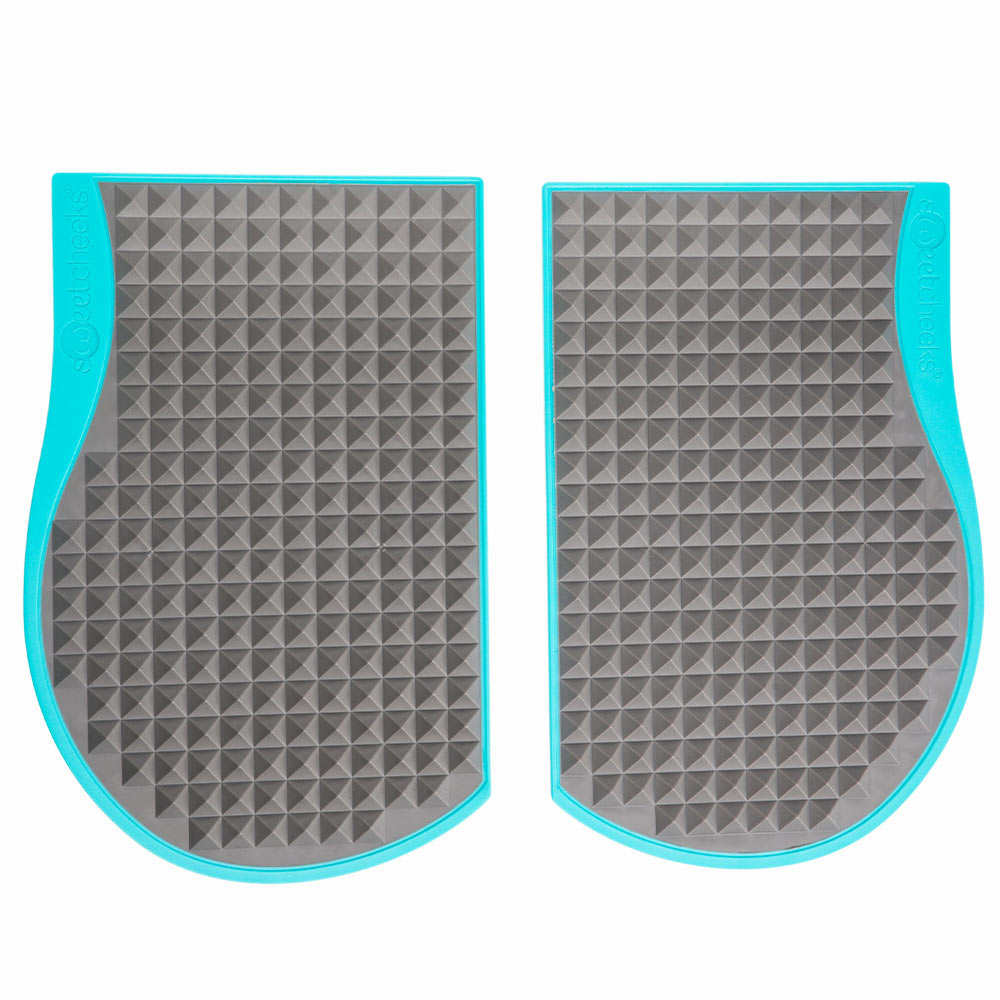
Fact: We sit — a lot. Between commuting to the office, working at a desk, or even just lounging in front of the TV, we spend a lot of time on our backsides. One study suggests that, on average, we sit for up to seven hours a day! Sitting for extended periods of time can not only lead to serious health issues, but it can also be a factor in getting cellulite.
It’s time to put your sitting to good use with SweetCheeks.
What is cellulite?
Cellulite is the bunching of fat cells that push against the connective tissue and causes the epidermis to pucker or appear bumpy and dimply. This problem can affect both men and women and is commonly found on the back of your legs and around your hips.
How does SweetCheeks work?
Our newest product, SweetCheeks Cellulite Massage Mat, temporarily increases local circulation to help decrease the appearance of cellulite and can assist in relieving muscle aches, pains, and spasms. The patent-pending technology in these mats works by leveraging your body weight against the mat’s textured surface to deliver an effective manual massage to your backside. After sitting on this mat for 30 minutes, take a walk around the office or stretch. You’ll notice a slight flush in your skin along with slight impression marks. These will disappear within the hour and will leave you visible results you’ll like.
Shop these mats at your favorite milk + honey location.
In my eight-year career as a licensed massage therapist, I have worked with a lot of mothers. From relaxing and ache-relieving prenatal work for expectant mothers, to women who are balancing a full plate of job responsibilities and child-rearing, to stay-at-home moms, those who are nursing newborns, coordinating their schedules around the school drop-off and pickup times, managing a household, fundraising, PTA-committed, and after-school ferrying to this lesson or that soccer team, the to-do list of a mother is literally endless.
Even when the kids grow up and move out on their own, it’s a lifelong bond that sustains throughout our whole lives. Beyond the day-to-day minutia and the emotional labor of mothering, there is so much that is culturally wrapped up in the archetype of “Mother.” And as human beings, we start to “should” on ourselves about what it is to be a mother. Not only do we try to measure up to what society dictates what motherhood is, we try to shoehorn that into our own identities, expectations of ourselves, and busy schedules. Being a mother can be an emotionally complex roller coaster ride: a constant dance of your child’s needs vs. your needs.
It can be very hard to justify self-care as a mother. There will always be something that your children need, and it is easy to prioritize those needs without a second thought. But at some point, because we are all finite human beings, our energy stores run low, and our giving power dwindles. There is a popular analogy I like to use in the treatment room with those who are mothers or caregivers: in the event of an emergency on an airplane, the oxygen masks are released from the upper compartment. You are always instructed to put the oxygen mask first over your own nose and mouth before attending to your children. Why is that? Because, as caregivers and mothers, if we cannot breathe first, we cannot help anyone else. Past a certain point, it can become nearly emotionally impossible.
Here’s hoping no one ever has to experience anything like the above scenario, literally or figuratively. And all of this is to say that self-care is, at the end of the day, just as crucial as the oxygen we breathe! So if this rings true for you, or if it’s bringing someone to mind whom you know and love that would benefit from some much-needed self-care, guess what? In celebration and support of mothers everywhere, milk + honey is offering exclusive Mother’s Day packages and specials. It’s one-stop shopping for services to help you or someone you love create a day of relaxation, love, and gratitude.
Contributor: Kelly M, one of our talented 2nd Street District massage therapists.
Your spa day won’t be complete without receiving a luxurious massage at the hands of one of our amazing massage therapists. Let’s meet this talented bunch.
“It is gravity that is the tool; it is gravity that is the therapist.”
— Dr. Ida Rolf
What is Rolfing?
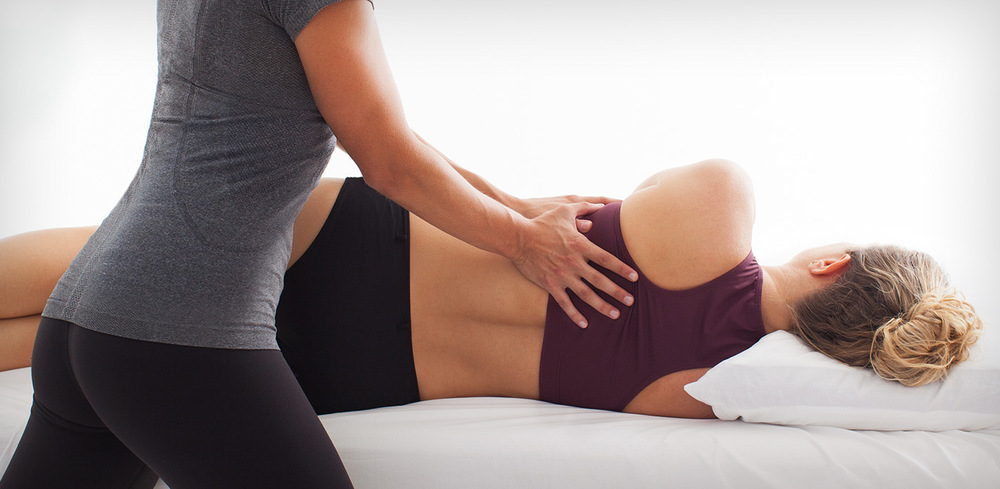
Rolfing is sophisticated system of manual therapy and movement education that — over a series of sessions — help restore and improve structural alignment and functional movement. From this treatment, clients enjoy improved uprightness and range of motion. Many have reported that they experience an increase in energy, ease, and lightness within the body. In a way, it’s a life hack to better performance and quality of life.
Is Rolfing painful?
Rolfing can and does get more intense; though, many usually described it as a “good” pain. It’s important that the Rolfing massage therapist know how much intensity the client’s nervous system can accommodate in order for this treatment to remain safe and effective. Some Rolfers are known for the white-light pain they cause. I am not that kind of Rolfer, but I do understand that this may be what some clients want and expect. Regardless, the experience differs quite a bit from massage, but still feels good for the most part. Furthermore, every intervention has a purpose — structurally or relationally — it’s not random.
How does a Rolfing series work ?

Most Rolfers model sessions to follow one another in a progressive and thorough series. Traditional Rolfers tailor a Ten Series to meet their client’s needs. Each session may have its own goal, but this series will ultimately aim to align your body vertically within gravity. Many of us believe that it is gravity and its effect on our structure and nervous system that produces the incredible effects of Rolfing.
Dr. Who?
The story of Rolfing is inseparable from its founder. In the 1920s, Dr. Ida P. Rolf began working as an associate in the chemistry labs at the Rockefeller Institute for Medical Research in New York City. There, she first began to study fascia. Fascia is the archetypical representation of our bodies’ connective tissue and is the basis of Dr. Rolf’s work.
Later in life, she began remarking on body’s plastic nature, its ubiquity, and its tensile strength. During her study, she found she could elicit astounding changes in posture, function, and stress. During the 1960s, Dr. Rolf was invited to demonstrate her work at Esalen Institute, where she codified her work into a teachable body of craft that she called Structural Integration. Her students and clients called it ‘Rolfing.’ In 1971, she left Esalen and established the Rolf Institute of Structural Integration in Boulder, Colorado where students could learn to become Rolfers.
What are the benefits of Rolfing?
Rolfing is good for people too healthy to receive a diagnosis from a doctor, but not quite as vital as they would desire. It can delay surgeries and it can help people recover faster from surgery. It makes an excellent support for people making a fresh start, people beginning a new fitness regime, or even a new commitment to mental health. It is good for feeling a little younger — for personal “spring cleaning.” It simply helps people to realign themselves in gravity. Obstacles dissolve and people discover what they need when gravity can flow through them in a healthy manner.
